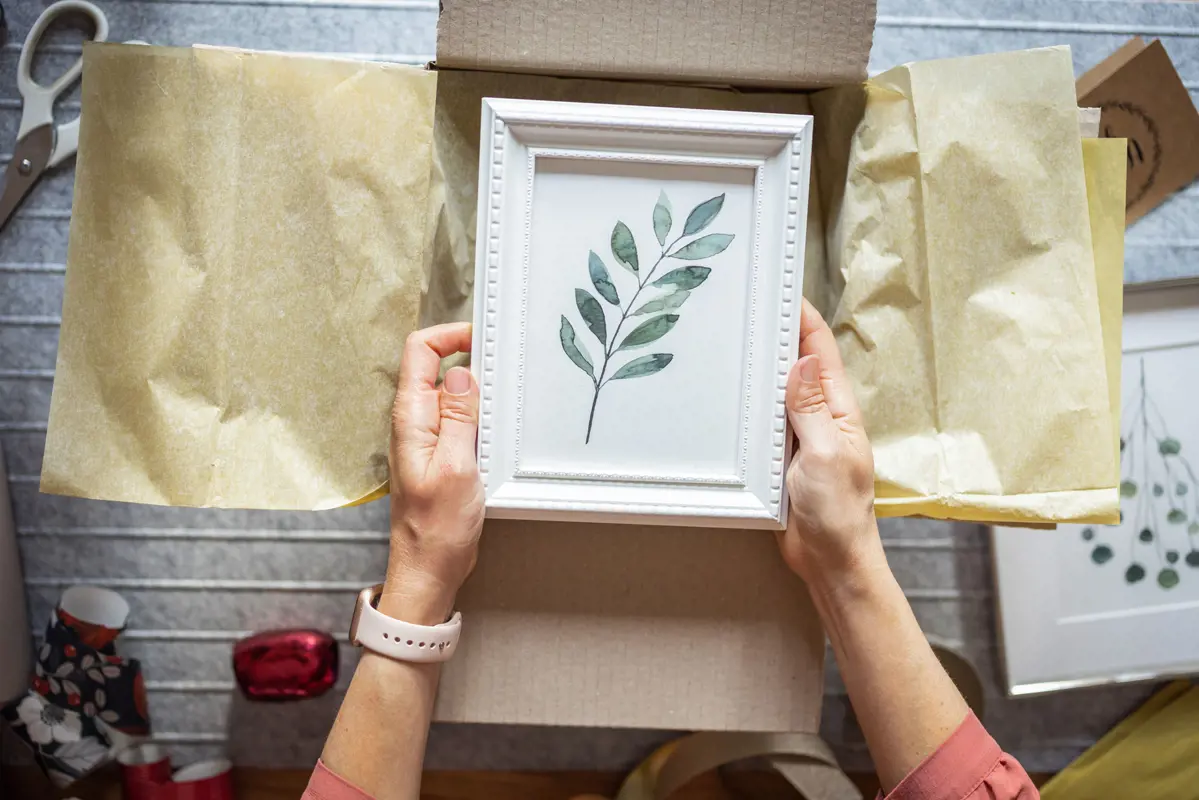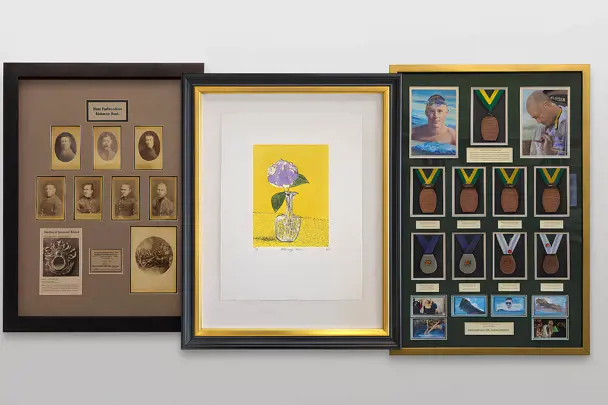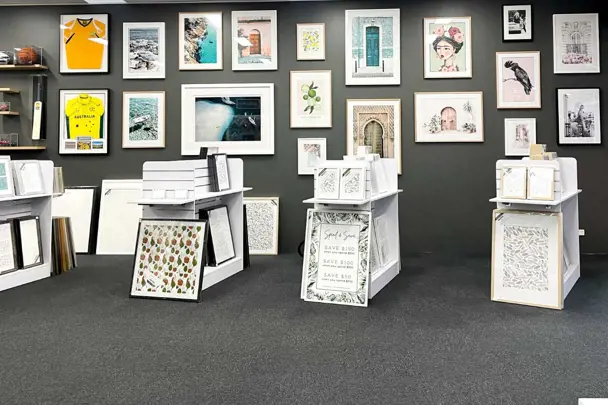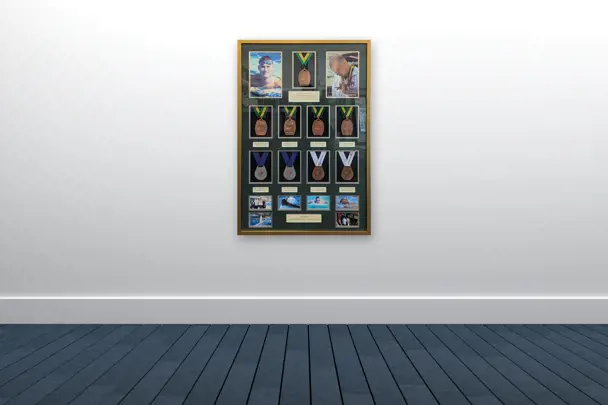Frame Today is proud to be trusted to handle and frame the work of many of Australia’s talented visual artists. But once our work is done, the challenge for the artist is then making sure the piece safely reaches its final destination.
Our framed pieces use an expert combination of paper, glass and wood which in turn, can make them fragile. Framed art subsequently requires special care and materials when sent via post or courier to keep it safe and sound.
As framing experts, we want to ensure our framed pieces live long lives and stay in top condition. Our work is designed to be durable against hanging, exhibiting or storing your artwork over time but require some extra care on your end to keep it safe. When packing and shipping your paintings, a few simple steps can help protect your works as they pass through different hands and places on their journey to your customer.
The Importance of Shipping your Artwork Securely
Sending your framed artwork safely and securely benefits both your customers and the integrity of your paintings and artworks.
Here are just a few:
1. Keep your artwork protected against damage. When we send anything through the mail, we cannot predict what circumstances they’ll go through on their journey. With lots of movement, tight packing and harsh conditions, it’s not uncommon for your item to end up damaged and harmed without special care. By taking the right precautions, you can help minimise the impact transit could have.
2. Maintain the artwork’s value. All professional artworks have value, and damage like tears, breaks and scrapes will undermine it. By keeping your frame art protected, you preserve the integrity of your work.
3. Satisfy customers. Artists sending their works have a reputation to uphold and a customer experience to offer. When art has been ordered, the expectation is for safe delivery so it can be fully enjoyed and immediately exhibited. With safe delivery, you’re able to delight your customers.
Packing Materials You Need
When sending a painting, it is important to use the right packing materials to ensure the safe transportation of the artwork. In the case of packing, it’s always better to be safe than sorry, and using the right materials can be crucial to preserving your piece. The following packing materials are typically needed:
- Bubble wrap: provides cushioning and protects the painting from minor bumps and scratches during transit.
- Sturdy box and casing: contains the painting and provides an additional layer of protection. It should be slightly larger than the painting to allow for additional cushioning materials.
- Packing tape: to secure the box and ensure that it stays closed during transit.
- Foam board or corrugated cardboard: to provide additional support and protection for the corners and edges of the painting.
- Plastic sleeves or a plastic bag: to provide protection from moisture and dust.
- Packing peanuts or crumpled paper: to fill any empty space in the box and prevent the painting from shifting too much during transit.
How to Package your Artwork and Frame
Each artwork and frame usually need a specific approach that works with its specific details and features. There are a few additional steps we recommend when packing your artwork that can be easily adapted no matter the frame.
Step 1: Wrap the artwork
Start your packing process by using a plastic sleeve to tightly wrap your artwork. By enveloping in plastic, you can help limit vibrations that could damage the frame.
Step 2: Use Edge Guards and Corner Protectors
If you ship a lot of framed artworks, it is always good to have a large supply of edge guards and corner protectors. Plastic or another hard material will safeguard the edges and corners of the frame; however, cardboard also works well for most pieces.
Simply tape the corner protectors on each corner of the piece and tape the edge guards around the edges. Since the tape should not be touching the artwork or frame directly, any sort of packing tape will work. These protective guards add extra shock absorption to prevent the glass and frame from cracking.
Step 3: Air Cushions and Insulating Foam
Speaking of shock absorption: Air cushions and insulating foam go a long way toward keeping your art safe during shipping. You can find both at most home supply centres and hardware stores. Purchase or cut insulating foam that is slightly larger than the piece itself. Then construct an “art sandwich” using packing tape to bind the two slices of foam together, with your art sandwiched safely in the centre.
Bubble wrap or air cushions (aka, air pillows) can be placed around your art sandwich like side dishes, to keep the analogy going. You can start with a layer of air cushioning around the piece once it’s inside the shipping box. Now, instead of your art absorbing the damaging vibrations and sudden jolts of shipping, the air cushions will. They also keep the piece from slip-sliding around in the box, which can cause severe damage.
Step 4: Use a Durable Shipping Box

The final piece of the puzzle is a sturdy shipping box. If you have the funds and want to splurge on high-quality shipping boxes, MasterPak’s StrongBox boxes have three layers of foam and cardboard that are as strong as plywood. The multiple layers provide exceptional shock absorption.
If this isn’t a feasible option for you, try finding cardboard shipping boxes that are exceptionally thick and well made. In addition to the insulating foam that you taped around the piece itself, you can also use more insulating foam to line the inside of the box for extra protection.
By making these efforts during the packing process, you do all you can to ensure the safe delivery of your artwork.



